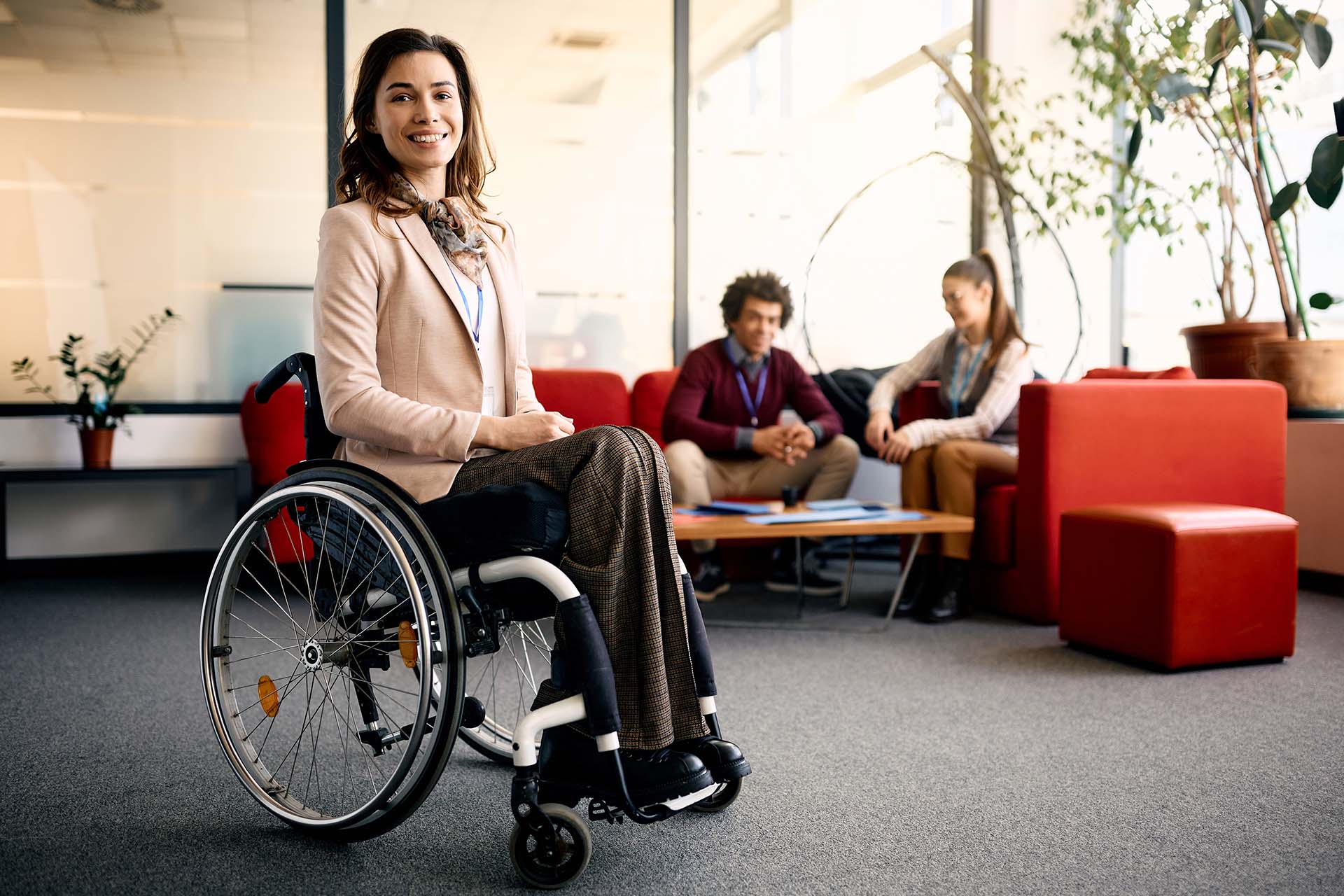For many years, scientists have dreamed of reversing spinal cord paralysis by electrically stimulating the spinal cord below the site of injury.
In recent years, thanks to advanced spinal cord stimulators initially designed to alleviate pain, it has become possible to stimulate the spinal cord. As a result, a limited number of patients with spinal cord paralysis have been able to stand, walk, and even climb stairs without assistance.
It is known that the nerve cells responsible for walking are located in the lower back region of the spinal cord. Different networks of these cells regulate the complex and coordinated muscle movements required for walking. After a spinal cord injury, signals from the brain to this region are disrupted, making it impossible for patients to walk even if the nerve cells in this area remain intact.
In recent years, it has been understood that these “”locomotor”” nerve cells are crucial for achieving functional movements through electrical stimulation, even if the damaged area of the spinal cord does not heal.
